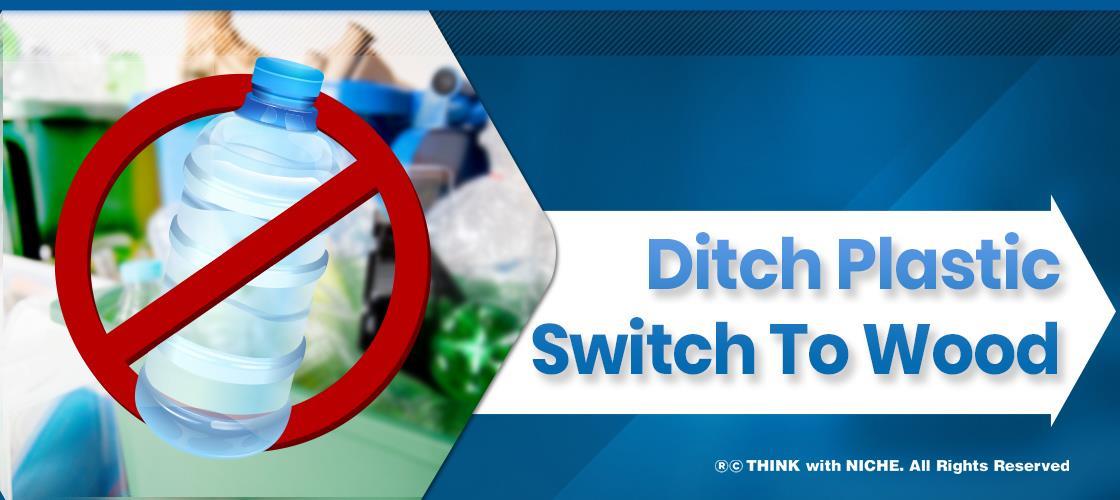Can India Maintain Sustainability in Sanitation?

Blog Post
Looking at the present Scenario #India as a country have taken strategic steps in strategising and implementing clensiness and sanitation for urban and rural areas. However, are the steps taken by the Government of India along side State Governments is not enough to make it possible, it needs a lot of support and engagement of all stakeholders, specially the citizens of the country to make it a success in real dimensions. Do we need to make more efforts?
Sustainable Sanitation! What do you understand by this term? We all must have heard of the word Sanitation, which describes the safe disposal of human waste. Besides, what does Sustainability in Sanitation means? The term includes the process of collecting, transporting, treating, and disposal of Human Waste.
Our Esteemed Columnist- Mr. Sarva Daman (SD) Singh is a Senior Subject Matter Expert in Waste Management, Air & Water Pollution Control & Monitoring.
His previous engagement with Government of Uttar Pradesh was in the capacity of Head- Swachh Bharat Mission (Department of Urban Development & Housing-U.P). His current profile includes Training Session on Used Waterand Septage management in Urban Areas for the District Level Officers.These training sessions are organized by Regional Center for Urban and Environmental Studies, by Ministry of Housing and Urban Affairs, Government of India.
Read the article to find out what we are lacking in sustaining sanitation.
#ThinkWithNiche #MOHUA #MYGOV #SwachhBharatMission #SBM_2.0
Solid Waste Management Scene in India
Due to rapid urbanization, India is facing severe waste management challenges. More than 377 million urban citizens live in 7,935 cities and towns and contribute heavily to generating close to 62 million tons of municipal solid waste annually. Out of this massive number, only 43 million (MT) tons is collected, 12 MT is treated, and the rest 31 MT is dumped in landfill sites. SWM (Solid Waste Management) is one of the fundamental services offered by municipal authorities to maintain cleanliness standards in urban centers. Ironically, almost every municipal authority drops solid waste at dump yards haphazardly outside or within the city. Consequentially, many experts believe India is employing flawed waste disposal and management system.
Long Due Initiative
Mr. Narendra Modi, the Prime Minister of India, started The Swachh Bharat Abhiyan on October 2, Gandhi Jayanti in 2014. The program took off a great start people started cleaning their streets and started maintaining hygiene around them. Soon enough, it ended up being an activity for Gandhi Jayanti only.
We often compare India with western countries. We praise them for maintaining hygiene levels, which leads to better health care services. However, when it comes to our own country, we end up blaming the government and authorities for everything. Is it only the Government's responsibility to keep these measures in check? We, as citizens, must take responsibility for this.
When one is told that he is as responsible as anyone else, they end up defending themselves by saying, “Why Am I responsible for this?” Even when we are aware of the reasons. We need to acknowledge our mistakes to improve them. When we praise other countries, we forget how people in those countries take it as a responsibility and do their best to keep their streets, cities, and country clean.
Mawlynnong: The Cleanest Village in Asia
In 2003, a village named Mawlynnong in Meghalaya claimed the title for the cleanest village in Asia by Discover India. The village has used the best reforms to keep it clean and eco-friendly. The garbage bins are made of bamboo, and the garbage collected in the bins is used to make manure. The use of plastic and smoking is banned in the village, and rainwater harvesting is practiced almost by every resident of the village.
The village has achieved all this with the efforts of its residents only. If they would have just shrugged off the responsibility to the next person, the village would not be called the Cleanest Village of Asia and India. The residents of the village are very serious about keeping the village clean.
It could be the best example of Sustainability in Sanitation. They collect the waste and process it to use it in the best way possible. The process of making manure out of waste is an example of this practice.
Mawlynnong village is the best example of sustainability in sanitation. Some things can be hard to bring into practice but, the least we can do is try and do our best. We, as citizens of India, need to take it as our responsibility to take the initiative ourselves.
Its Time To Take Responsibility!!!
We need to make sure that the Swachh Bharat Mission (SBM 2.0) does not end up as an event to hold the broom and take pictures to update our socials but to bring it into practice in our daily life. We never hesitate to keep our house clean, then what is the hesitation to pick up a piece of garbage and put it in the bin. It may not be a big change, but it’s still a chance, and maybe these small things can lead us towards a clean India. And we understand that this country belongs to us, and it is our responsibility to keep it clean and maintain it.
Swachh Bharat Mission
Please Note:
We at Think With Niche Welcome Industry Experts as Columnist on Our Platform. Let us build Global Intellect collectively! You can reach us at: editor@thinkwithniche.com
You may follow SD Singh's Linkedin Profile
If you liked this article, you should also explore other articles from #TWN other #Columnists:
The Great Resignation-How Do Organizations Combat it?
The Art of Employer Branding In Bootstrap/Seed Funding Stage
You May Like
EDITOR’S CHOICE












